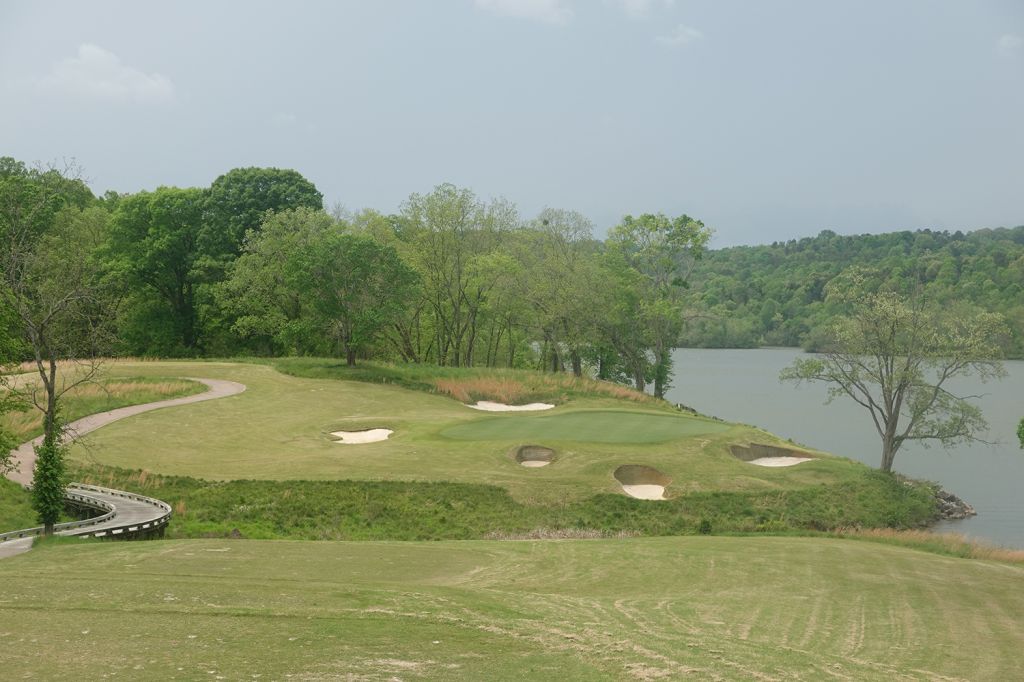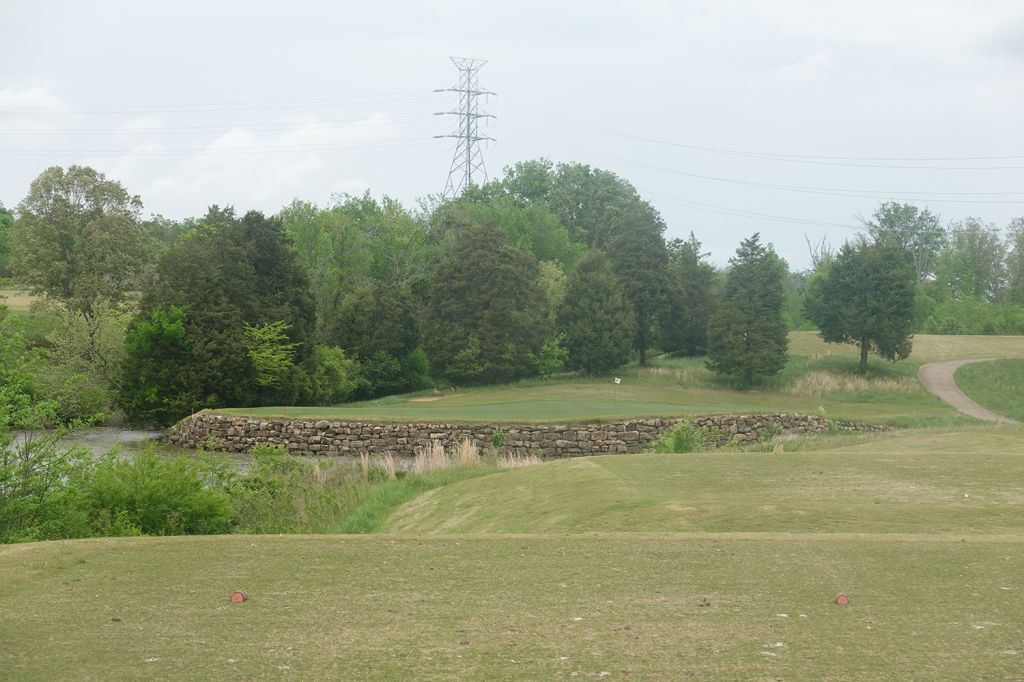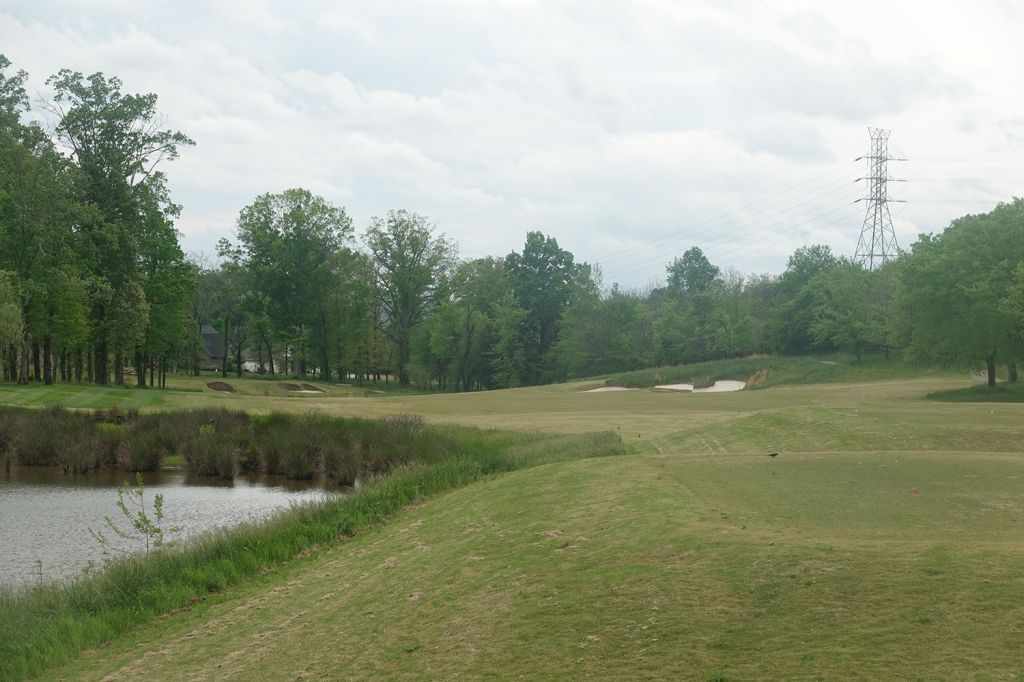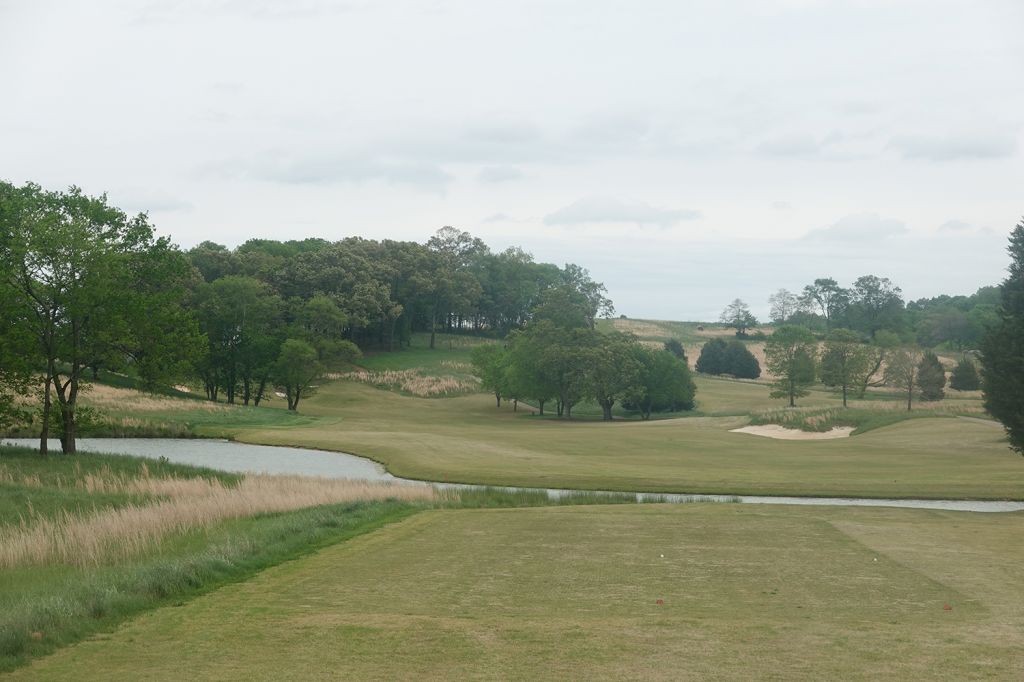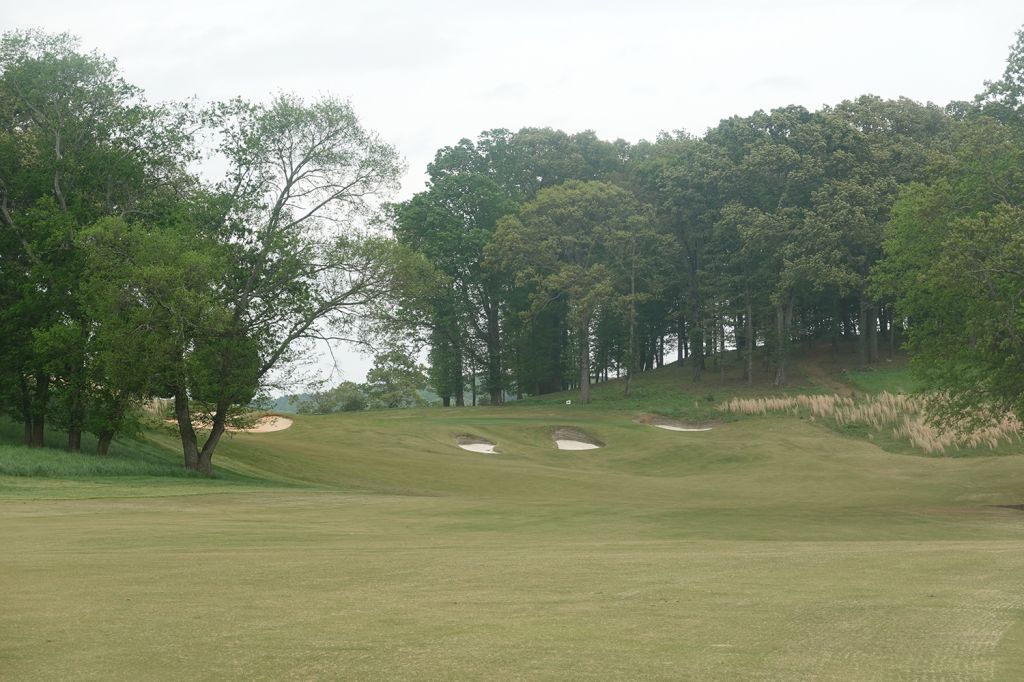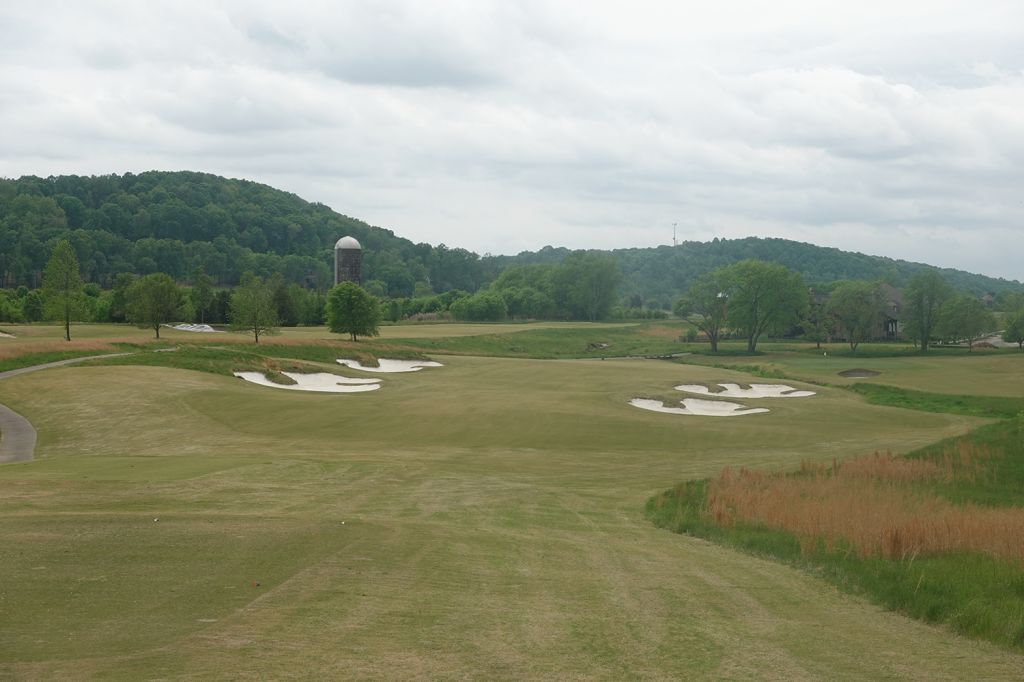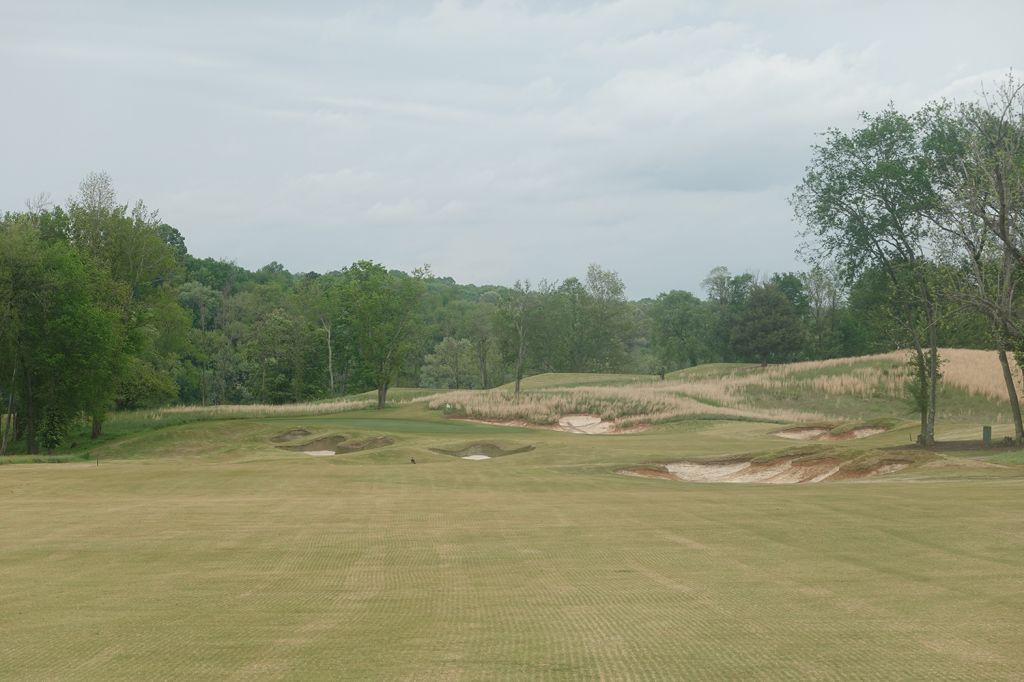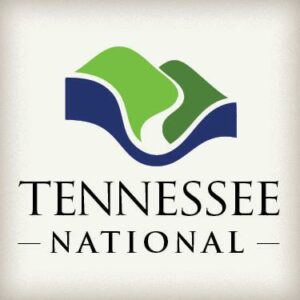 Golf Course Review by: Billy Satterfield
Golf Course Review by: Billy Satterfield
Rankings:
The Takeaway: Like all Norman designs, Tennessee National is a stout test. The par 3s are the highlight of the routing that has come clunky transitions and features too many holes running the same but counters that with interesting individual holes and a setting along the Tennessee River. Grade B
Quick Facts
Designer: Greg Norman 2006
Cost: Private
Phone Number: 865-657-2001
Course Website: Official Website - Visit Tennessee National Golf Club's official website by clicking on the link provided.
Directions: Get here! - 8301 Tennessee National Dr, Loudon, Tennessee 37774 – UNITED STATES
Photos: See additional photos of Tennessee National Golf Club
What to Expect: Tennessee National is an interesting Greg Norman layout in the southeast portion of the Volunteer State and is wrapped by the Tennessee River, which most prominently comes into view on the signature par three 12th. The large undulations in the property paired with the disconnected routing make it a difficult course to consider walking, so most players will take a cart. Speaking of the routing, the majority of holes run in a similar direction (NE or SW) which can hurt the variety of the layout on a windy day. The collection of par threes are the biggest highlight to the course and the short par four 13th stands as the hole that is the most enjoyable to play. It should come as no surprise that the course is a strong test of golf; a signature feature at Norman courses from the tips so you'll need to be on your game to score well.
By the Numbers
| Tees | Par | Yardage | Rating | Slope |
|---|---|---|---|---|
| Black | 72 | 7393 | 75.8 | 140 |
| Orange | 72 | 6936 | 73.5 | 136 |
| White | 72 | 6572 | 71.7 | 133 |
| Green | 72 | 5966 | 69.0 | 126 |
| Red (Women) | 72 | 5355 | 71.4 | 130 |
Individual Hole Analysis
Signature Hole: 12th Hole – 209 Yard Par 3 – Tennessee National's most beautiful hole comes here at the 12th at the northern end of the property. This one-shotter plays 20 feet downhill with three sod faced bunkers in front and two more bunkers that protect the left and rear of the rear. The Tennessee River sets the entire right boundary with pins in the back right being the most perilous to attack as the water looms large nearby. Players feeling faint of heart should favor the left side since the deep sod faced bunkers and water are no place to find yourself.
Best Par 3: 17th Hole – 189 Yards – The second par three on the back has the opposite design of the 12th as this hole features water in front and along the left of the green with the bailout area being to the right. A stone wall supports the putting surface to add some aesthetics to a hole where the front left pin is the most dangerous to attack. If you have aquaphobia, the one-shotters on the back will have you shaking in your boots.
Best Par 4: 15th Hole – 441 Yards – The 15th is all about getting into good position for the second shot that plays over water to a green fronted by two deep bunkers. An aiming bunker is bound up the right side of the fairway with the ideal line being off the left edge of it. Going too far left, or not far enough down the fairway, will result in potentially being blocked out by trees and negating any chance for a green in regulation. The green is more than twice as wide as it is deep so there is a real premium on distance control when attacking the flag.
Best Par 5: 2nd Hole – 545 Yards – Norman doesn't waste any time introducing some drama into the layout with this risk/reward par five. The tee shot plays to a fairway flanked on the left by water and featuring a bunker on the right to deter players from bailing right. The approach shot plays 20 feet uphill to a green with three small bunkers in front and a large bunker on the left with the ideal line coming in on the left edge of the green and fading right. Coming up short will cause your ball to tumble back downhill to a bowled chipping area where it can be challenging to put enough spin on the ball to control the distance properly. Elevation changes are a theme throughout Tennessee National and this hole starts to give players a taste for it.
Birdie Time: 13th Hole – 366 Yard Par 4 – The short par four 13th gives players a chance to take a stroke back from Old Man Par. The tee shot needs to thread the fairway bunkers found on each side of the short grass and will then be rewarded with a wedge into the green that has a small creek running in front of it. With a scoring club in your hand though, the hazard shouldn't be a factor to worry about and players should go flag hunting.
Bogey Beware: 11th Hole – 616 Yard Par 5 – The longest hole on the course offers the most opportunities for things to go wrong. The tee shot plays over the corner of a pond to a fairway flanked by fescue on the left and a series of bunkers along the right. Reaching the green in two isn't a likely scenario and even hitting it in three will take some skill to make happen. The raised green featured three deep, sod faced bunkers across the front and along the left side where they lie in wait to steal opportunities at par away from players. The green is twice as long as it is deep so getting the proper angle to approach the flag from is critical. Don't worry about trying to get birdie here; just make sure it doesn't get worse than bogey.

